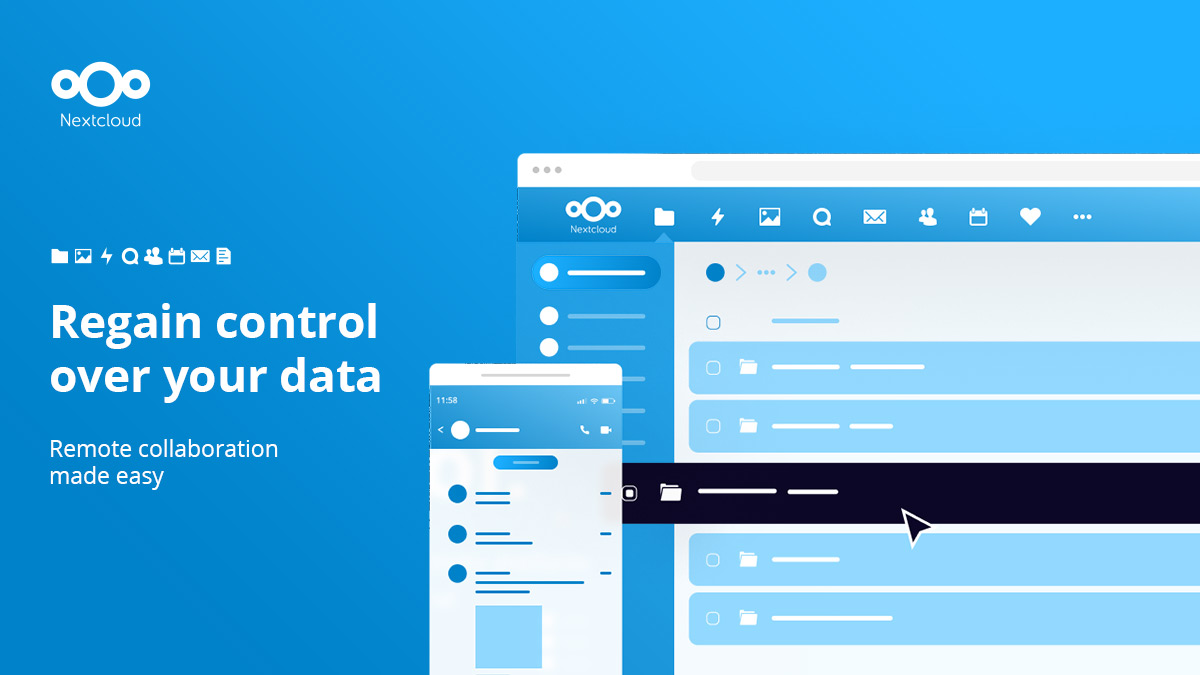Here's How To Protect Your Data From Invasive Android App Permissions
 © Provided by CNET If you don't want your Android apps to have excessive access to your data, you need to manage Android app permissions. Sarah Tew/CNET
© Provided by CNET If you don't want your Android apps to have excessive access to your data, you need to manage Android app permissions. Sarah Tew/CNETMobile apps are known to ask for permissions that they often don't need. You may have noticed that some of your Android apps ask for redundant permissions that are unrelated to what the app is supposed to do, like if a flashlight app wants to access your camera, microphone, or location. When an app requests permission as needed to function, the company behind the app can collect as much data as possible and sell it to third parties such as advertisers and data brokers.
 © Provided by CNET
© Provided by CNETProtect permissions like location, camera, microphone, contacts, browsing history, and photo library. This can be particularly intrusive and dangerous if an application is not clearly targeted to run. An app can collect highly sensitive information from various permissions, which can pose a serious risk to your privacy if that information is mishandled or exposed to a breach. This is why it is important to manage app permissions on your Android devices.
Since you're managing app permissions, it's important to minimize them. Give Android apps access to what they need on your device to provide the functionality you want from them. For example, it's natural that your weather or navigation app needs to access your location to work properly. However, there is no reason why you need to access your camera or contacts. And in some cases, you may not want to provide the weather app with your location data if you can manually enter your zip code or city.
Fortunately, changing app permissions on your Android device is easy, and you can choose to manage permissions by app or by permission type.
Please note that the steps listed below apply to devices running Android 11 and above. Here's how to manage app permissions on your Android device.
How to manage Android app permissions by app
If you are concerned about the permissions granted to a specific app on your Android device, you can manage the permissions on a per-app basis. This is what you need to do:
1. Tap Settings .
2. Tap Apps .
3. Scroll down and tap on the app in question (or you can search for the app by pressing the magnifying glass icon).
4. Tap on Permissions .
5. Touch Allow to allow or deny.
You can also access the permissions menu from any app by touching the app icon on your phone screen. In the window that opens to access the App info menu, tap the info icon in the upper right corner, then tap Permissions .
In addition to the app info menu, you can enable the Remove permissions if an app is not used feature, which will remove the app's permissions if you haven't used the app in three months.
How to Manage Android App Permissions Based on Permission Type
You can manage app permissions based on permission type if you want to see which apps have blocked or allowed a certain permission, such as microphone or location. Therefore:
1. Tap Settings .
2. Tap on Privacy .
3. Tap License Manager .
4. Type a permission type to see which apps allow the selected permission.
5. Touch the app and select Allow or Deny .
How to manage camera and microphone access for all apps in general
If you want to take a stand with these two permissions, you can block all apps from accessing your camera and/or microphone with a single switch. Here's how to enable/disable camera and microphone permissions in all apps on your Android device:
1. Tap Settings .
2. Tap on Privacy .
3. Enable or disable access to camera and microphone .
Going this route can be a good way to ensure that no apps have access to your camera or microphone. However, please note that video communication applications, such as Zoom or Skype, which rely on the camera and microphone to function, will not function properly if the permissions are disabled.
For more tips, check out Five Tips to Keep Your Android Phone Looking New , How to Clear Your Android Device's Cache and Cookies, and How to Get Rid of Excess Junk Files, and How to Prevent and Remove Screen Fingerprints. dirty phone .

